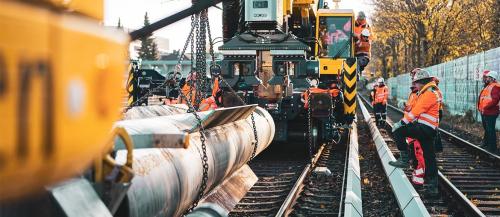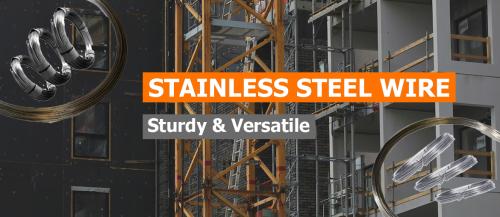Metals have been mined for thousands of years, with the first most abundant metal being copper. Copper is used for a wide range of materials including vehicle parts, wiring, stainless steel products, and more. Nowadays, a substantial amount of metal is mined across the world, with 177 million tonnes of industrial metals being mined in 2021 alone. We know that the Earth’s crust contains a wealthy amount of minerals and metals, but what about space?
Evidently, space mining is a far-fetched concept and is something that will need a lot of investment, time, and commitment; however, as Earth’s metals become more in demand, space mining is an idea that many people are talking about.
Asteroids, also known as minor planets, are giant fragments of rock that have been left over from the formation of our solar system. There are currently 1,113,527 asteroids that orbit around the sun within the main asteroid belt, many of which contain materials that we want.
According to NASA, there are three main types of asteroids: C-, S-, and M- types, which have different compositions.
C-type (chondrite) – this is the most common type of asteroid. C-types are made up of clay and silicate rocks.
S-type (“stony”) – these asteroids are predominantly made up of silicate materials and nickel-iron.
M-type (metallic) – finally, M-type asteroids consist of a nickel-iron composition.
As you can see, asteroids are far much more than rock and air, in fact, they contain rare metals that might one day become scarce on Earth.
In 2017, NASA created a space mission called ‘Psyche’ to investigate an asteroid that orbits the Sun between Mars and Jupiter, also known as ’16 Psyche’. This asteroid was found in 1852 and is one of the first minor planet explorations that is made up of rich metals. NASA estimates that the size of 16 Psyche is around 64,000 square miles, containing mixed metals and silicate materials. Using radar observations, it is estimated that the asteroid contains between a 30-60% metal volume, which is far more than anything we have seen before.
The Psyche mission has 6 phases, with the launch in Phase D. Unfortunately, the launch date was missed earlier this year, and has been rescheduled to no earlier than 10th October 2023, when the Psyche spacecraft will be launched using solar-electric propulsion and Mars’ gravity to study the asteroid.
Although NASA’s main goal is to understand the formation of the asteroid, for others it raises a question about space mining. As the Psyche spacecraft is only going to orbit the asteroid, space mining won’t be an option until 2026 at the earliest, but it is something to think about. Additional researchers have found two other near-Earth asteroids that contain just as much metal, 1986 DA and 2016 ED85. These types of asteroids contain metals such as iron, nickel, and cobalt, at around 85% which will exceed Earth’s resources. The 1986 DA and 2016 ED85 are a lot closer to earth compared to 16 Psyche, which may open up new possibilities of space mining.
As space technologies advance and the Earth’s metals continue to be used up, will space mining be the future of our metal sourcing?






